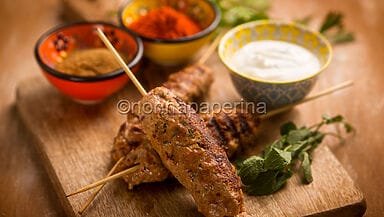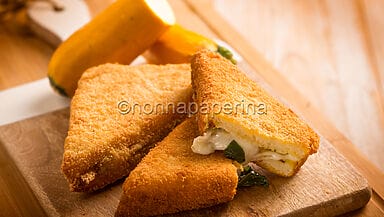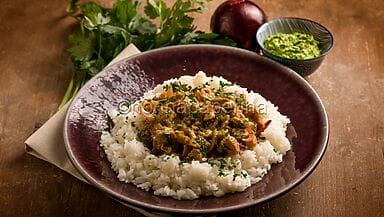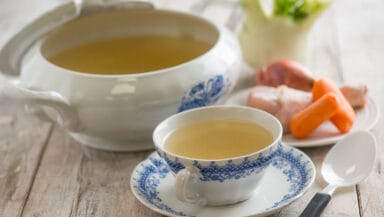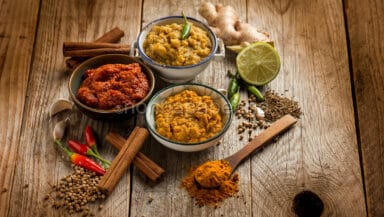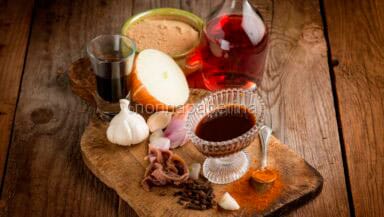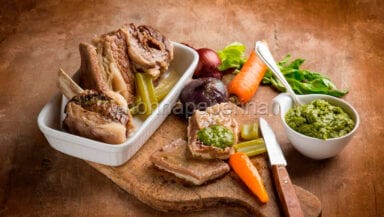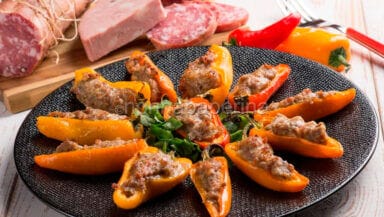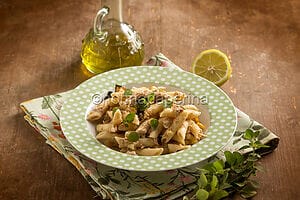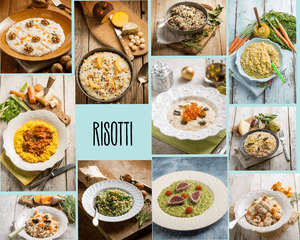Fresh Garlic

The main characteristics of garlic
People both love and detest garlic. It is adored for its genuine ability to spice food and recipes. Hated because, as you are undoubtedly aware, it smells bad and can cause bad breath, particularly when eaten raw.
Garlic, however, has a high nutritional value in addition to its culinary advantages, which practically makes it therapeutic. In actuality, it’s regarded as a good anthelmintic and an outstanding hypotensive. Its capacity to control cholesterol is also confirmed. Garlic has trace amounts of calcium, potassium, vitamin C, and some B vitamins.
The plant is now found on every continent, demonstrating its true global reach. It was imported from Asia, where it is native. The bulb is usually picked at the end of summer since it becomes inedible due to drying out caused by the autumn and winter colds.
The main types
Since the species is so widely distributed, there are a plethora of variations. Dozens, perhaps even hundreds, of them exist. I’ve included a summary of the most well-known and popular types in Italy below.
- White Polesano. Venetian variety that boasts the PGI mark It is characterised by a pure white colour and a particularly strong aroma.
- Vessalico. Ligurian varieties are characterised by their considerable size and high digestibility. It is also eaten raw.
- Sicilian red. Similar to Vessalico, it is characterised by a more intense flavour. It is often used as a sauce for pasta after light browning.
- Voghiera. It is unique among the many varieties also because it has a quite different flavour, which is very sweet and delicate.
- Rose of Nicastro (Pink garlic). The famous Calabrian variety is characterised by its sourness and spiciness.
- Ufita. An Irpinian variety, it is characterised by a pearly-rosé colour as well as a truly strong aroma.
- It is a much more delicate variant than normal garlic. This is a characteristic that is not at all intuitive, since the dark colour is generally associated with a stronger and more decisive flavour, perhaps even bitter.
How to use it in the kitchen
Cooking with garlic has always been a tradition. It goes without saying that it is mostly used as a condiment, a side dish, or to enhance the flavour of other foods. It is frequently taken out at the conclusion of browning because of its weight. Any kind of savoury recipe, from soups to pasta dishes, from meat to side dishes, works well with this bulb. It frequently acts as a supplementary component in sauces.
It is rarely the undisputed protagonist of recipes, just as rarely does it appear as the main ingredient. An exception, for example, is the agliata, which is a sauce prepared almost exclusively with garlic.
Why is it beneficial to eat garlic? nutritional qualities and advantages
I have already discussed this exquisite bulb’s nutritional benefits, but there is more to learn. However, you might be surprised to learn that fresh garlic is a healthier food. First of all, it offers some nutrients that are quite uncommon in nature, including zinc and selenium, which strengthen the immune system.
Furthermore, it offers certain advantages for the body. Allicin, a chemical that maintains the flexibility of veins and arteries and helps to avoid heart attacks, strokes, and burst aneurysms, is specifically mentioned.
Garlic is also rich in antioxidants, i.e., substances capable of inhibiting free radicals, which represent a cancer prevention factor, slowing down skin ageing, and optimising cell regeneration processes. In general, garlic, if consumed in moderate doses, promotes the proper functioning of the heart and vascular system. Garlic, whether raw or cooked, is therefore a very beneficial food.
What are the effects of daily garlic consumption? Let us debunk a few myths
Garlic is beneficial, but that doesn’t mean you should eat too much of it. A little caution is required. Of course, there are still some stereotypes that need to be broken. For instance, the notion that eating fresh garlic every day is unhealthy In fact, it can be taken every day, but only in small amounts.
Although each person represents a unique instance, anyone is welcome to participate in a few segments each day. However, if you overuse it, you run the risk of causing gastritis, acidity, vomiting, and diarrhoea.
Yellow traffic light for those suffering from hypertension. In reality, the question does not concern so much the properties of garlic, which has no contraindications in the strict sense, but rather the interaction with drugs. In particular, the consumption of this bulb could counteract the action of anticoagulants, which are the ordinary medicines for those suffering from high blood pressure.
It must be said, then, that there is a form of garlic intolerance, albeit rare. The symptoms are typical of any intolerance, i.e., of a purely gastrointestinal nature. Finally, no form of allergy to garlic has been reported.



